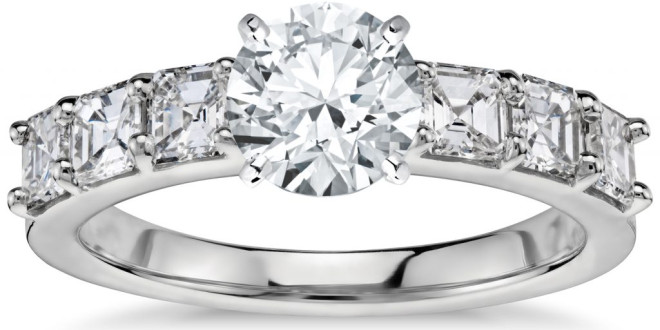[ad_1]
Choosing the Style of Your Wedding Gown
Your wedding dress sets the theme of your wedding and is one of the most important purchases you make when planning your wedding. It is never too early to start looking. Load up on Wedding magazines and attend Bridal shows.Being aware of current trends styles will give you confidence when you are out shopping.
Set a Budget for your Wedding Dress and Accessories
Make up a realistic budget of how much you want to spend on your wedding dress. Do not forget to include accessories such as shoes, veil and undergarments.Generally the cost of bride's wedding gown is 10 percent of the wedding budget.
Fabrics and Styles of Wedding Gowns
Necklines of Wedding Dresses
Off the Shoulder – The wedding dress sits just under the shoulder line
Spaghetti Straps – Thin or very thin straps that go over the shoulders to back
Bateau – "Boat" neckline slightly scooped from shoulder to shoulder
Halter – Straps go around the back of neck
Scoop – U – shape
Square – Square neckline
Strapless – No straps
Sweetheart – Heart- shaped
Jewel – Rounded
V-Neck – V -shaped
Fabrics
Batiste – Lightweight, sheer, delicate fabric in a plain weave. Similar to cotton, but thicker
Brocade – Heavy material with a pattern
Chiffon – Lightweight, flowing sheer woven fabric with a soft drape
Crepe – Lightweight fabric with a "wrinkled" surface
Peau de Soie – Is a medium to heavy, drapeable fabric with a satin weave and de-lustered finish
Damask – Medium weight fabric with pattern formed by weaving
Dupioni – Thick, heavy 100% silk
Gazar – Sheer stiff fabric similar to organza, linen-like
Organdy – Stiffer semi-sheer fabric
Organza – Sheer fabric similar to tulle but heavier
Polyester – Man made fabric often blended with silks or made to mimic a certain type of fabric
Rayon – Similar to polyester but more elastic
Satin – Smooth and heavy fabric typically used for wedding gowns. Comes in Silk or Polyester
Shantung – Rough textured fabric with lines and "nubby".
Silk – The most popular fabric for wedding gowns. It soft and has a beautiful luster
Taffeta – Crisp, rustling fabric
Tulle – Stiff netting similar to organza but stiffer and coarser
Shapes and Styles
A-line – Fitted bodice with no waist, but gently flares at or near the natural waistline
Ball Gown – Traditional full skirt and fitted bodice
Mermaid – Very fitted at waist and hips then flares out at knees.
Sheath – Very fitted gown almost tube like. Waistlines
Basque – Waistline dips below natural waist forming a "V" in the center
Dropped – Waistline dips below natural waistline and fits more on hips
Empire – High waistline just under bust
Princess Cut- Many gowns especially A-lines have no defined waist
Natural- Waistline sits between the empire and dropped waistlines.
Shopping for Your Wedding Dress
Plan to purchase your dress 6-12 months in advance. Ask if they will store your dress for you- it will be safe at the bridal salon and lessens the chance of your fiancé catching a glimpse before the big day. Do not buy more than one size larger – it is just too difficult to alter properly. Go back for fitting closer to the wedding day. Get details in writing- total cost, your deposit and alteration fees – if any.
Some Practical Hints about Wedding Dresses :
Think comfort. You will be wearing this dress for hours- so if it pinches or pulls when you put it on- it will only get worn through the day.
Remember you will be going up and down stairs, sitting and dancing so make sure the dress is easy enough to manage.
Choose a fabric appropriate for the season. A heavy satin brocade is gorgeous but in July you will be sweltering.
Talk to the bridal consultant or salon owner- they do this for a living and are experts in their fields. They can suggest a dress that suits your figure and colors that compliment your skin tone. You will be shocked at how many shades of white and off white are available!
[ad_2]
Source by Lisa Bronart

